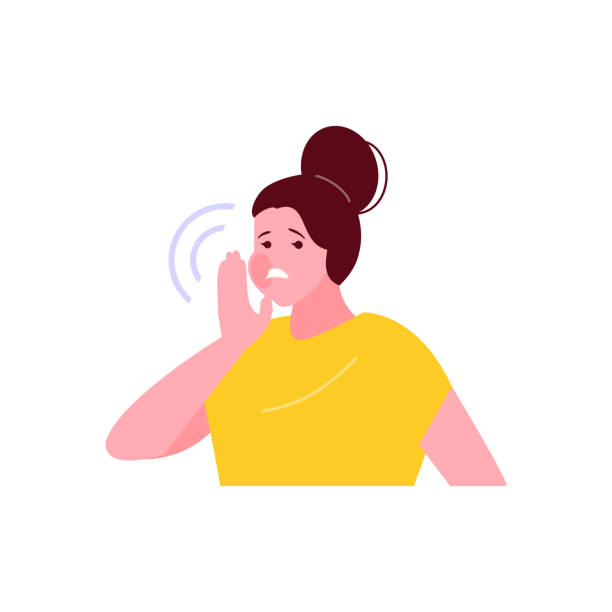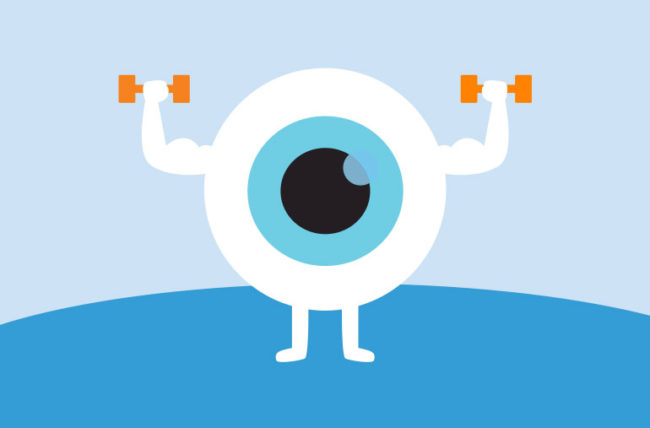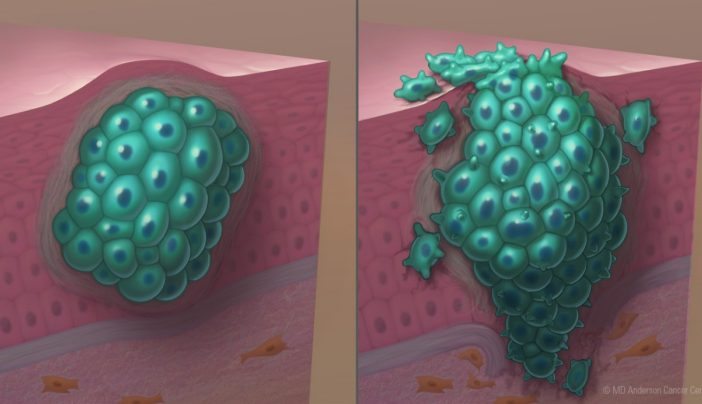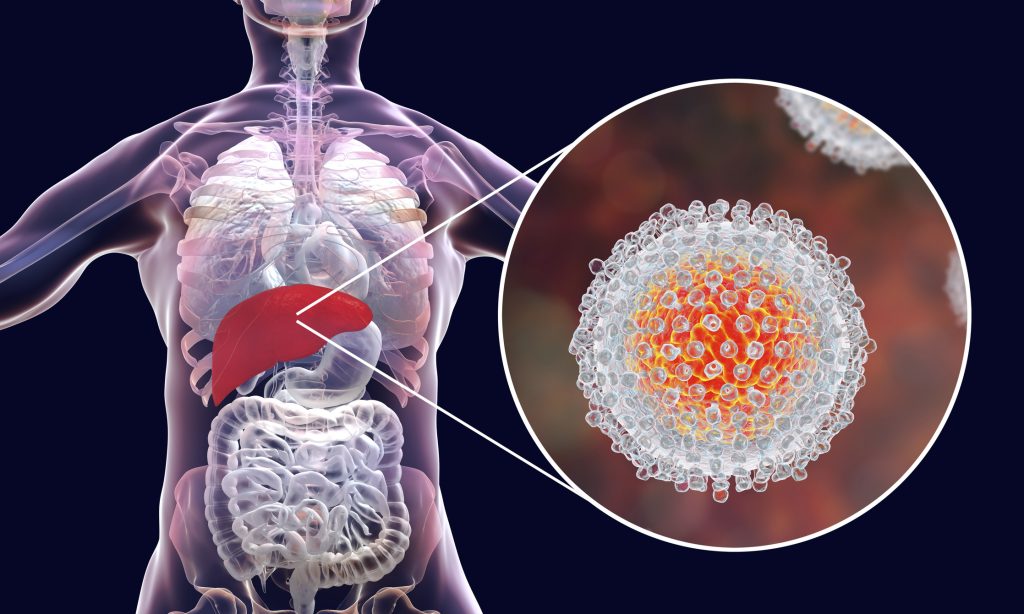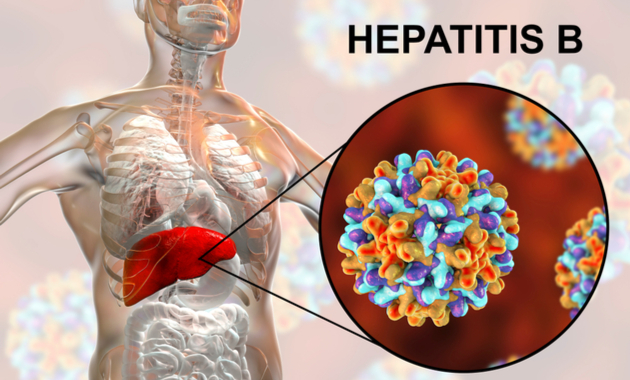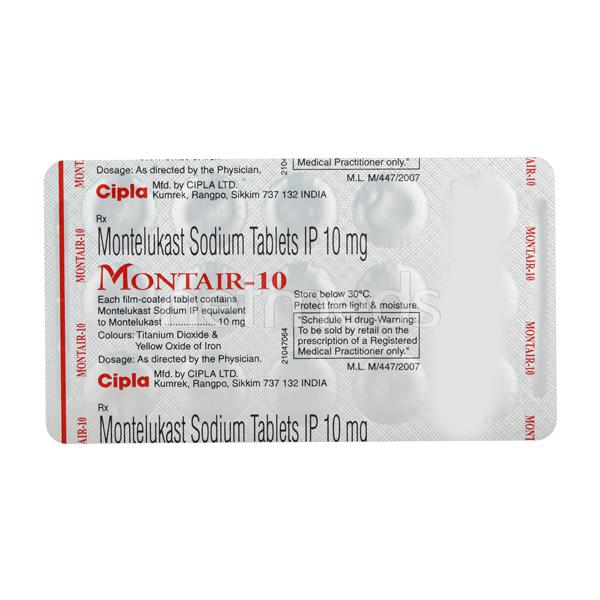Explore the worst habits for your joint pain.
Wear anything intermittently all day, every day for decades. Also, it will eventually begin to exhibit signs of wear and tear. As an illustration, consider the cartilage that serves as a bolster between your bones.
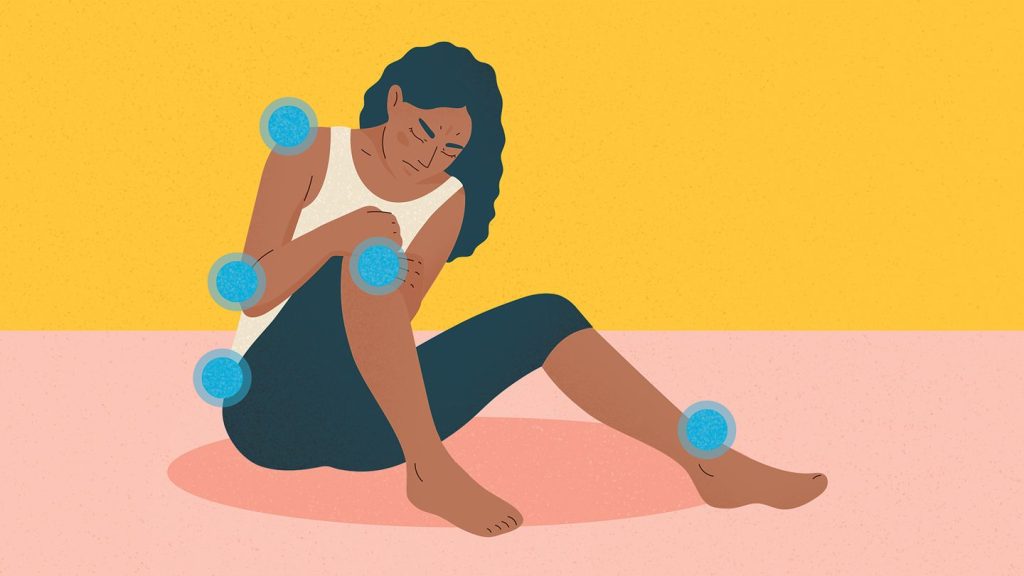
According to Angelie Mascarinas, M.D., a physiatrist at the Hospital for Special Surgery with headquarters in New York City, the risk of acquiring osteoarthritis, a degenerative joint condition, rises with age. According to the Centers for Disease Control and Prevention (CDC), osteoarthritis is the most common type of arthritis and affects around 50% of persons over the age of 65.
There is little you can do to stop time from moving forward. However, there are many lifestyle adjustments you can make to give your joints some extra TLC.
Smoking
Despite the fact that you probably don’t need one more, here is one to stop smoking: Your joints experience damage from smoking. When nicotine constricts blood vessels, less oxygen and vital nutrients can reach the joint cartilage. This affects the health of the cartilage. Due to the fact that cartilage gets its nutrition from the fluid around the joint and the nearby bone, Mascarinas explains that this may cause cartilage to deteriorate.
Other than that: As it turns out, smoking increases your chance for osteoporosis, a condition that causes brittle bones. Seniors who smoke are 30 to 40% more likely than nonsmokers to shatter their hips, according to the American Academy of Orthopaedic Surgeons.
A physically inactive lifestyle
There are several ways that sedentary behaviours are detrimental for your joints. According to a study in Arthritis & Rheumatology that monitored more than 1.7 million people for more than four years, it is difficult to maintain a healthy weight and excess pounds are harsh on your joints, especially those in the hips, hands, and knees. Knees are particularly prone to injury. Almost three to five times as many participants who were obese, defined as having a body mass index of 30 or greater, developed knee osteoarthritis. According to one study, decreasing 1 pound of body weight relieved the knees of 4 pounds of pressure.
Regular sitting “also causes muscle tension in the hips and legs and weakens the muscles that stabilise the core,” according to Mascarinas.
Aim for 30 minutes of joint-friendly activity five days a week to counteract everything mentioned above. Walking, water aerobics, and swimming are a few moderate, low-impact sports that are gentle on the joints, according to Mascarinas. Avoid deep lunges and squats, jogging, repeated jumping, and sports like basketball and tennis. These acitivities require quick twists and abrupt stops if you have osteoarthritis.
Overdoing exercise
Weekend warriors pay attention: Your joints won’t benefit from trying to fit a week’s worth of workout into one weekend. A skilled orthopaedic foot and ankle specialist in Indianapolis once observed, “There’s a good medium between training our muscles and not overdoing the load on the joints.
According to studies, people with arthritis who maintain healthy muscles do a significantly better job of managing their condition. By combining strength training with cardiovascular exercise, you can find the sweet spot. Professionals assert that even 70, 80, and 90-year-olds can still experience positive muscle reactions from weight-training routines. According to research, it’s simpler to perform daily tasks like getting out of a chair, climbing and descending stairs, and potentially even lowering one’s body temperature.
Carrying a heavy load
It should come as no surprise that heavy lifting wears down your body, whether you’re carrying a fully-loaded tote bag every day or picking up your growing grandchild on those once-a-month visits. And it exacts a specific toll on your joints. “Carrying objects that are heavy creates imbalance throughout the body,” as said by professionals. Additionally, these imbalances “create torque or stress on the joints, which over time may further deteriorate the cartilage.”
Of course, determining a “heavy” load is the tricky part. According to experts, “any amount of weight that requires more than one hand to pick it up” should be taken into account. When lifting or carrying objects, be safe and use the palms of both hands, or use your arms in place of your hands, advises a professional organisation. Hold goods close to your body, which is less stressful for your joints.
Eating foods that cause inflammation
All the usual suspects are on the table: red meat, white sugar, French fries, Coke, and pastries. According to doctors, eating these foods can make joint pain worse. However, foods high in omega-3 fatty acids, such flaxseed oil and cold-water fish like salmon and mackerel, are thought to be anti-inflammatory and can help soothe inflamed joints. According to a study published in Rheumatology, which identified a connection between high cholesterol and knee and hand osteoarthritis, leafy greens are also advised, as are cholesterol-lowering foods like almonds, pistachios, and walnuts.
If you have joint pain, a specialist advises including foods like olive oil, berries, and salmon in your diet. According to her, studies have also shown a link between foods high in beta-carotene, fibre, magnesium, and omega-3s and decreased inflammation. Limiting pro-inflammatory foods like red meat, sweets, and dairy can also lessen joint discomfort, according to research.
Bad posture
While sitting posture is crucial for joint health, excellent posture should be adopted constantly. For instance, when walking, make careful to maintain a straight back, a set of level knees, and a set of backward-facing shoulders. Your joints will experience less strain as a result, which will make them less susceptible to fatigue and deterioration. Consider utilising seat cushions or lumbar supports when you have to sit for extended amounts of time to assist your spine stay in the right position.
Strength Training Ignored
We lose bone mass as we get older, which increases our susceptibility to fractures and diseases like arthritis. Fortunately, consistent strength training reduces the pace of bone deterioration and may even stimulate the formation of new bone. For this reason, it’s a good idea to include a few strength exercises to your normal exercise programme. You can still workout even if you have limited mobility. Use these seated chair exercises in your everyday regimen by trying them out.
Taking a Nap on Your Stomach
Even though everyone has a varied sleeping pattern, some are better for our bones than others. While both sleeping on your back and your side have advantages and disadvantages, sleeping on your stomach is the worst for your spine’s health. This makes us turn our necks while we sleep, which puts tension on our muscles and bones. Moreover, it causes longer-lasting vertebral pinching. Positioning pillows are a terrific tool to maintain your body in the right position during the night and relieve pressure from troublesome regions.
Finger Texting
De Quervain’s Tendonitis, also referred to as “texting thumb,” is a condition that develops over time as a result of repetitive motions like typing or texting that wear down your joints. Although it pays to be aware of how it’s impacting your body, it doesn’t imply you should quit doing it. Avoid using your thumbs for texting as much as you can to save the joint there from further stress. Instead, text with the tips of your other fingers.
If you already suffer from Texting Thumb, try wearing a thumb splint to decrease symptoms.
Excess weight
Obese or overweight people are more likely to get joint problems in their ankles, knees, and hips. The cause is rather straightforward—since each of these joints must support a higher weight, they all tend to deteriorate more quickly. There are many simple actions you may do to live a better lifestyle and lose weight; take a look at these:
- Put on a fitness monitor.
- Engage in daily exercise
- Log your calorie consumption while working with a dietitian.
- Work with a personal trainer
- Track & Monitor Your Progress at Home
- Establish manageable, gradual goals.
High-Heel Shoes
Even the most comfortable pair of heels can be just as detrimental for your joints as an uncomfortable pair of shoes. They affect everything from your ankles, to knees, to your lower back, creating extra strain on all these joints as you walk. Even an increased risk of osteoarthritis might be experienced by women who regularly wear high heels. While obviously not a cure, high heel insoles can assist to reduce some pain and distribute weight – if you must wear heels, consider A Pair of These for some protection.
Reduce Joint Pain
You can enhance your joint health by changing bad habits in addition as cutting back on them. To take control of your joint discomfort, try these solutions.
- The best option for people seeking an immediate relief from joint discomfort is Pain Cream. To feel its effects, simply rub it where it is required.
- Simple remedies like ice packs and heating pads can help speed up the healing process and lessen acute pain. Using them prior to or following exercise is extremely beneficial.
- The ideal technique to guarantee that you receive the support you require while jogging or walking is using insoles. They encourage a healthy walk while reducing any current joint pain.
- Compression items, such compression gloves and compression knee braces, are an excellent technique to relieve joint discomfort while stabilising the joint to prevent more joint pain.
REFERENCES:
- https://www.webmd.com/arthritis/ss/slideshow-arthritis-joint-badhabits
- https://centerforspineandortho.com/health-wellness/the-6-worst-habits-for-your-joints/
- https://www.vivehealth.com/blogs/resources/healthy-joints
- https://www.hss.edu/newsroom_susan-goodman-discusses-iimpact-of-bad-habits-on-rheumatoid-arthritis.asp
For more details, kindly visit below.
